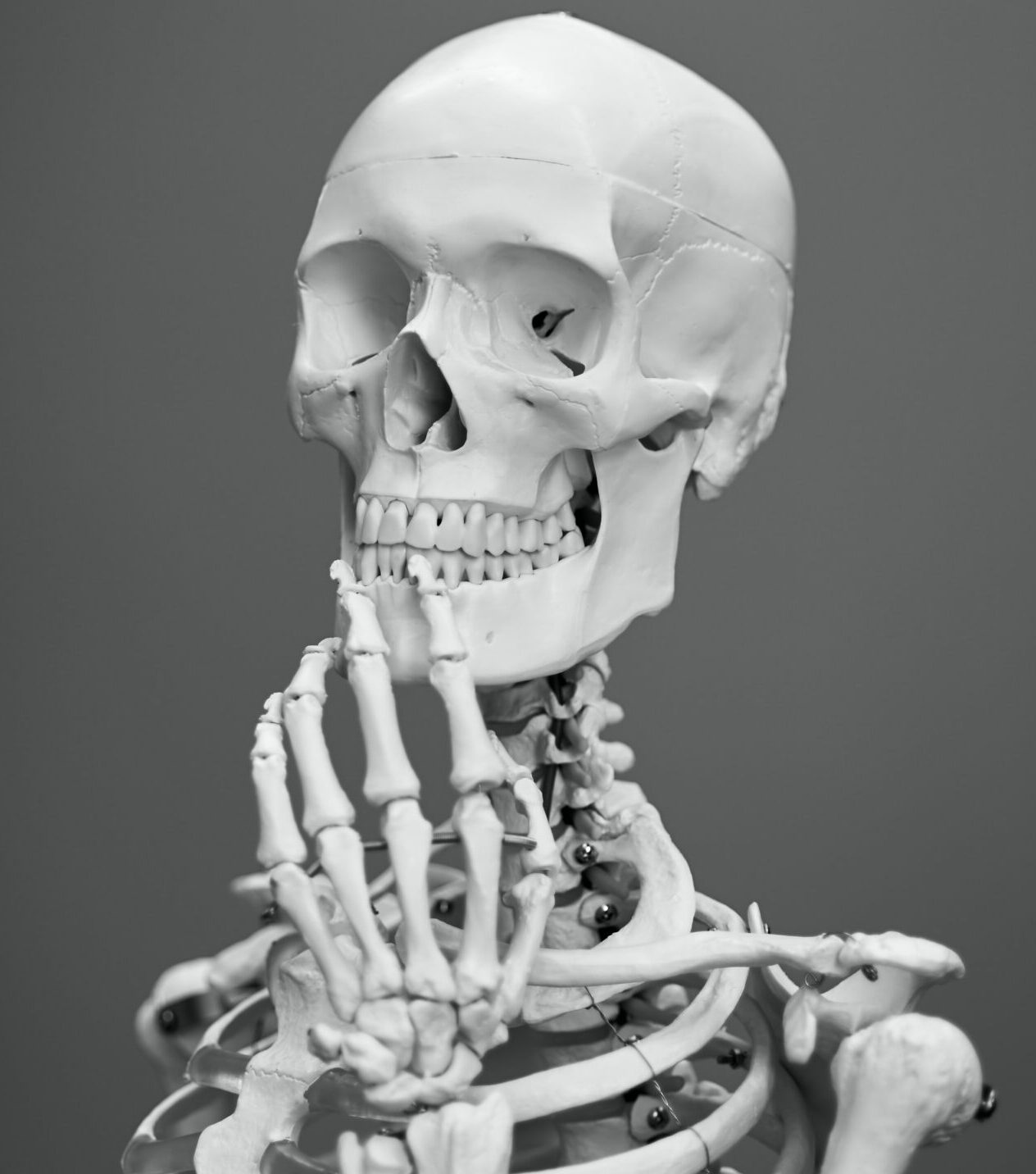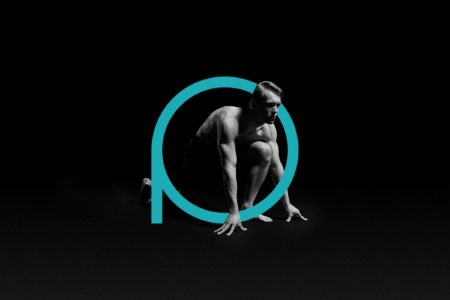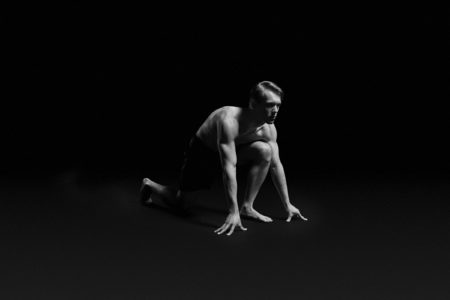Suite 3, Ground Floor, The Gateway,
312 St Kilda Road, Southbank, VIC, 3006
Does running help or hinder your bones?

As a runner I’m sure you have heard people say that “running is bad for your knees”. Sometimes I think they are just saying that because they are looking for a justification for not hitting the pavement themselves. But is there any truth to it?
Exercise and knee osteoarthritis
I hear a lot of people say they are concerned about developing knee osteoarthritis if they run. Well, I’m comfortable telling those people that it is highly unlikely that running will lead to knee osteoarthritis. In fact, it could actually protect you from it! A recent review (a summary of 17 research papers) of 14000 runners aged in their 50s and 60s found that the reverse was true! Those who didn’t run actually had a significantly higher prevalence of knee pain (Dhillon et al., 2023). Another meta-analysis examined 9 observational studies (not the highest level of evidence) and concluded that there was no difference in knee osteoarthritis prevalence between runners and non-runners (Burfield et al., 2023). We still need more high-quality studies in this space, but I’m confident in saying that running does not increase your chance of developing knee osteoarthritis.
Exercise is great for bone health
It’s true, bones love exercise much more than a session on the couch. This is true even for people who are heavier and might be concerned that moving with extra weight might be dangerous for bones. In fact, a recent review (a summary of 10 research papers) found that overweight and obese adults who performed 2-3 sessions of exercise over 8 weeks improved their bone health a small amount despite their weight staying the same (Zouhal et al, 2022). A meta-analysis (a statistical summary of 97 research studies) found that exercise, especially strength-based exercise, improves bone mineral density for those with osteoporosis and osteopenia (Zhang et al, 2022). So, you can say that bones usually respond really well to exercise. They tend to get stronger and, consequently, are more likely to be healthy.
Source: https://australian.physio/research/prf/translation/five-facts-about-physiotherapy-and-bone-health
Running is ok for bones, but probably won’t strengthen them
Your body experiences small forces with every running step. These forces go through your bones and muscles, which then need to absorb and distribute these forces. These forces add up as the number of steps you take adds up.
Bones usually get stronger in response to repeated force, which is what you might think is happening when you are running. Sure, with every step, force goes through your bones, which should make them respond and get stronger. However, the amount of force going through your bones with each step is quite small, and over time (>a few minutes) your bones stop recognising the force and ignore it (Warden et al, 2021). That’s right! Your bones stop listening like a stubborn teenager (Talk to the hand!).
So we can’t train our bones to withstand the forces of running for more than a few minutes with just running. We need to consider adding larger and different forces to your training program to encourage bones to wake up and listen! This can be as simple as adding some plyometric training to your program (e.g. skipping as a warm up).
Be careful…running can actually hurt bones in some circumstances
Bones and muscles quickly adapt to absorbing the forces you place on them but they need the time, recovery, training and diet to do so, otherwise they will break (just like anything else that can’t handle the force it’s put under).
Sometimes, when people increase their running training load over days or weeks, they can get sore bones as the forces put through the bones become greater faster than they can adapt to them. Building up your strength with a simple resistance/strength training program with some plyometrics can support your bones and muscles to get stronger as you start building up your mileage and/or speed. This is especially important if you are hitting the concrete paths (ouch!).
But strong bones don’t just rely on good training. Also think about your diet. I’m not just talking about ensuring you have adequate calcium, vitamin D and protein in your diet to support the development of healthy bones and the repair of tired bones, I’m also talking about calories/energy.
Runners need energy to run (Kunstler et al, 2021). Not just to run, but to heal afterwards. Building, replacing and repairing any tissue in the body requires energy. If you are burning energy during your run and then either don’t: 1. leave enough in the tank to support the repair process; or 2. consume sufficient calories within your diet for the rest of the day, then you are stopping your body from being able to repair itself. This doesn’t just mean that you have wasted your training (you see benefits only after you have repaired, which requires calories) but you are also putting yourself at risk of Relative Energy Deficiency in Sport (REDS).
What’s REDS? Put simply, it’s a situation you put yourself in where you repeatedly consume less calories than your body needs, while forcing it to perform athletically. It’s very common in sports like running and where weight is perceived as important, like boxing and dancing. This constant calorie deprivation can make you feel tired and grumpy, but can become more extreme and lead to poor training performance, bone fractures, eating disorders, poor libido and organ malfunction. REDS is not something you want as a runner because, at the more extreme end, it will absolutely stop you running through injury (e.g. bone fracture, particularly of the hip and tibia) and require months or years to recover from (see Keay et al., 2018 and Mountjoy et al., 2023 for more information).
What’s the bottom line?
Exercise is great for bones. They really love it. They use exercise to make themselves strong. But, choose your exercise wisely. Don’t expect running to increase your bone strength. Instead, running relies on bone strength. Build and maintain your bone strength by ensuring you do some strength and plyometric training each week and get those calories in! Bones need calories!
References
Burfield, M., Sayers, M., & Buhmann, R. (2023). The association between running volume and knee osteoarthritis prevalence: A systematic review and meta-analysis. Physical Therapy in Sport.
Dhillon, J., Kraeutler, M. J., Belk, J. W., Scillia, A. J., McCarty, E. C., Ansah-Twum, J. K., & McCulloch, P. C. (2023). Effects of Running on the Development of Knee Osteoarthritis: An Updated Systematic Review at Short-Term Follow-up. Orthopaedic Journal of Sports Medicine, 11(3), 23259671231152900.
Keay, N., & Rankin, A. (2019). Infographic. Relative energy deficiency in sport: an infographic guide. British Journal of Sports Medicine, 53(20), 1307-1309.
Kunstler et al. (2021). Five facts about physiotherapy and bone health. See https://australian.physio/research/prf/translation/five-facts-about-physiotherapy-and-bone-health
Mountjoy, M., Ackerman, K. E., Bailey, D. M., Burke, L. M., Constantini, N., Hackney, A. C., … & Erdener, U. (2023). 2023 International Olympic Committee’s (IOC) consensus statement on Relative Energy Deficiency in Sport (REDs). British journal of sports medicine, 57(17), 1073-1097.
Warden, S. J., Edwards, W. B., & Willy, R. W. (2021). Preventing bone stress injuries in runners with optimal workload. Current osteoporosis reports, 19(3), 298-307.
Zhang, S., Huang, X., Zhao, X., Li, B., Cai, Y., Liang, X., & Wan, Q. (2022). Effect of exercise on bone mineral density among patients with osteoporosis and osteopenia: A systematic review and network meta‐analysis. Journal of clinical nursing, 31(15-16), 2100-2111.
Zouhal, H., Berro, A. J., Kazwini, S., Saeidi, A., Jayavel, A., Clark, C. C., … & El Hage, R. (2022). Effects of exercise training on bone health parameters in individuals with obesity: A systematic review and meta-analysis. Frontiers in physiology, 12, 807110.
Need some help achieving your running goals? Book a telehealth appointment with Performance Medicine’s exercise and run coach, Dr Brea Kunstler, to see how she can help you achieve your goals. She can provide a referral to a trusted shoe provider who will give you 10% off the RRP of your new shoes.



